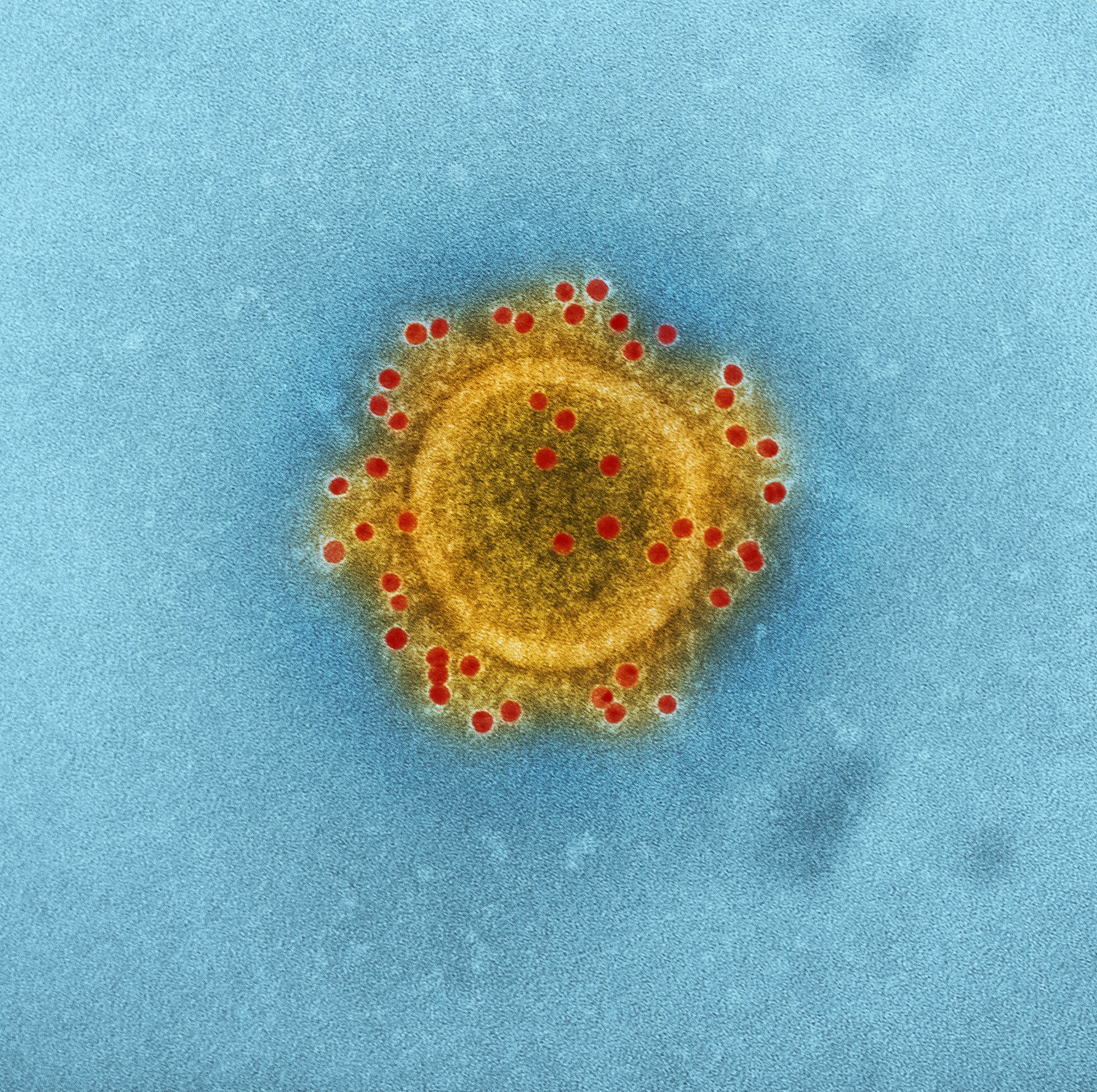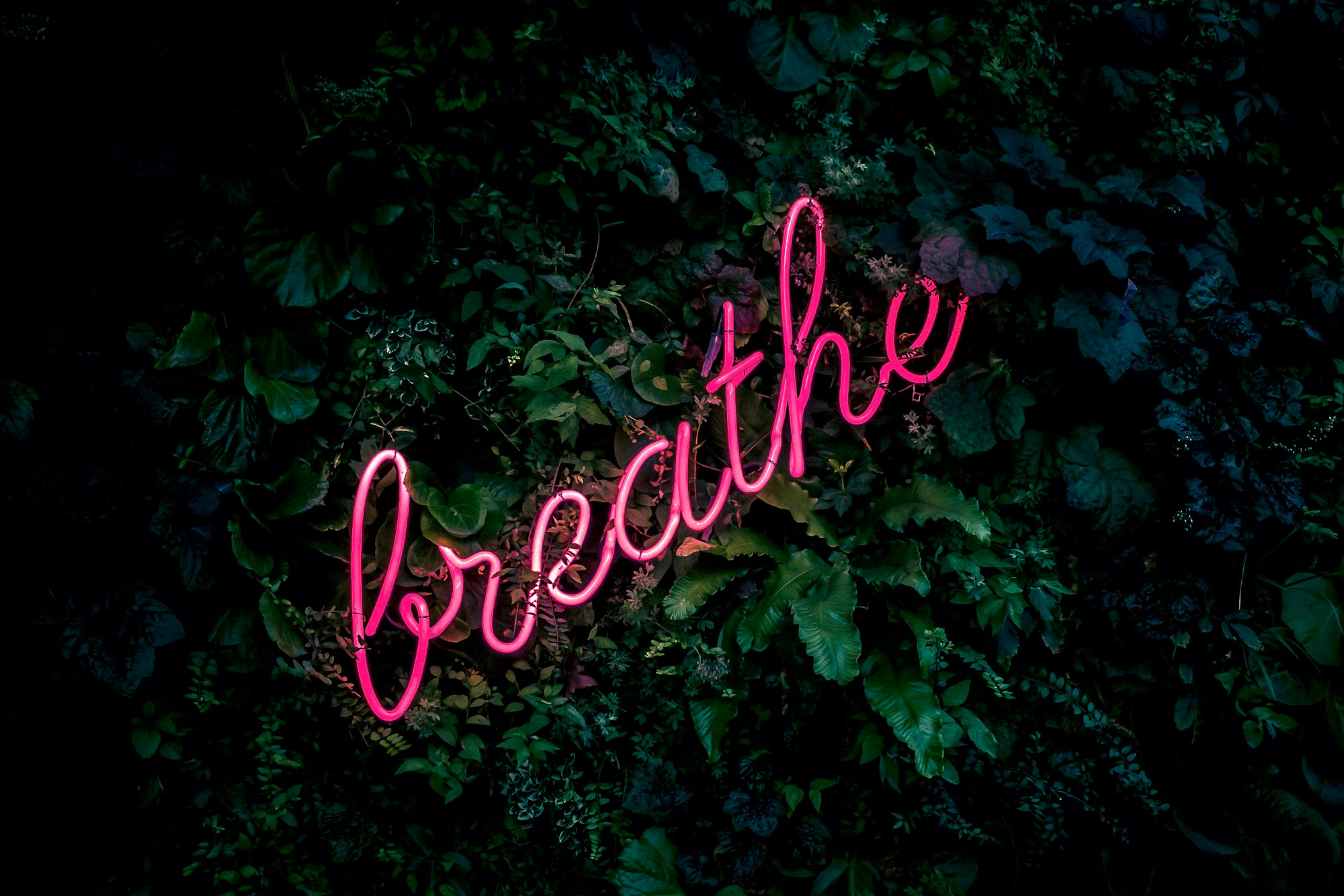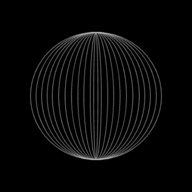Diseases and Immunity

Most life that exists around us is not visible to the naked human eye. Among the countless micro-organisms one can think of, are organisms that can cause diseases to humans.
Pathogens 🦠
Simply put, a pathogen is a disease causing organism.
Transmissible Diseases
Many of these diseases are transmissible, meaning the disease can spread from one host to another.
There are two ways in which a transmissible disease can spread:
- Direct Contact
- Indirect Contact
Direct Contact 🤝

Here are some ways in which a transmissible disease can spread through direct contact:
| Direct Contact Type | Scenario | Disease(s) that can get transmitted |
|---|---|---|
| Blood 🩸 | Two or more people sharing the same needle to inject heroin into their blood | AIDS |
| Saliva (Body Fluid) | A group of close friends sharing the same spoons | Mono (infectious mononucleosis) |
| Cough droplets (Body Fluid) 💦 | A person coughs in a park | Covid-19, Common Cold |
Indirect Contact
Here are some ways in which a transmissible disease can spread through indirect contact:

| Indirect Contact Type | Scenario | Disease(s) that can get transmitted |
|---|---|---|
| Contaminated Surfaces | Rose touches a doorknob of a public toilet and uses the unwashed hands to eat food. | Depends on what pathogens were lying on the contaminated surface. |
| Food | Rafa eats uncooked meat which was infected with Salmonella. | Food Poisoning |
| Air | Ali-Gaba coughs in a park and leaves. The tiny cough droplets stay in the air and get inhaled by a pedestrian nearby. | Measles, Chicken Pox, Flu, etc |
| Water | Oggy drinks contaminated/ untreated water. | Depends on what pathogens were present in the contaminated water.. |
| Animals (Houseflies) | A housefly spits on Raj’s lunch and flies away unnoticed. Raj eats the food (yum yum!) | Food Poisoning, Amoebic Dysentery, Polio |
| Animals (Ringworm) | Kim uses the same hair comb as his roommates. | Athlete’s foot |
Disclaimer: Names used in the scenarios are for entertainment purposes only. Please don't memorise and write them in you IGCSE Biology examinations!
Body Defences 🛡
The human body has naturally built body defences to prevent the transmission of diseases.
These include:
- Mechanical Barriers
- Chemical Barriers
- Cells -> White Blood Cells and their Antibodies
- These defences can further be enhanced through vaccination.
Mechanical Barriers
- The outer layer of the epidermis acts as a layer that prevents any bacteria from entering the body.
- Hair on the body, and in the nostril also help filter out any dust particles that might be carrying pathogens.
Chemical Barriers 🧪
- The acidic conditions in the body destroys most bacteria that gets passed through food. (This does not mean that you can trust this system and go around eating without having washed your hands! Hygiene is important!)
- The moist lining of the nasal passages, and the mucus produced by the lining of the trachea and bronchi can trap bacteria
- Tears contain Lysozyme (an enzyme) which has properties that dissolve the cell walls of bacteria and prevent any eye infections.
Cells - White Blood Cells and Antibodies
- If pathogens survive both Mechanical and Chemical barriers, the body has one more line of defence. White Blood Cells (WBCs).
- As seen in the previous chapter, there are two types of WBCs: Phagocytes and Lymphocytes.
- Phagocytes work by engulfing the bacteria and digesting them. This process is known as Phagocytosis.
- Lymphocytes work by releasing antibodies that stick on the walls of the bacteria, slowing down their movement and making it easier for other WBCs like Phagocytes to attack them.
Vaccination 💉
- Vaccination is the process by which a harmless form of the pathogen is introduced into the patient's body.
- WBCs in the patient's body then work to destroy the pathogen by creating the specific antibodies needed.
- Once the WBCs have destroyed the pathogen, it can be said that the patient's body is immune to the disease caused by the pathogen.
Supplement only ->
Antibodies and Immunity
Antigens are chemicals found on the surface of all cells (both harmful and harmless).
Antibodies are a type of protein produced by Lymphocytes
Antibodies can attack bacteria, or any foreign cells in three ways:
- Antibodies attach themselves to the surface of the bacteria to mark them, so that it makes the process of Phagocytosis easier and faster to occur.
- The Antibodies clump all bacterial cells together, again making it easier for phagocytes to ingest them.
- The Antibodies neutralise any toxins produced from the bacteria.

Each type of Antibody is made specifically to attach to one kind of bacteria. Antibodies meant for a pneumonia bacteria won't be effective against typhoid causing bacteria.A
Active Immunity 💪
Active immunity is the defence against a pathogen by antibody production in the body.
So basically,
After the lymphocytes have produced the specific antibodies to destroy the harmless bacteria (that was introduced through vaccination),
The specific antibodies remain in the lymph nodes.
If the same antigen enters the body again, the antibodies rapidly divide and attack the antigen. This is a sign of Active immunity.
Innate Immunity
Immunity that is inherited through genes, or the antibodies that are passed to a child through the mother's milk is known as Innate Immunity.
Vaccination 💉

Read the core section already? That's incomplete knowledge. Here is how a vaccine actually works:
- A harmless pathogen (which is carrying antigens) is given
- The presence of antigens triggers an immune response leading to the lymphocytes producing antibodies
- memory cells are also produced as a result, which remember the specific kind of antigen, giving the patient long term immunity.
Types of Vaccines
The vaccine can be made up of one of the three things below:
- A harmless form of the microorganism

2. The killed microorganisms
parts of the killed microorganisms when introduced into the recipient's body are labelled as alien cells, receiving action from the lymphocytes.
Example: Salk Anti-Polio, and Whooping Cough Vaccines
3. Toxoid
A toxoid is a harmless form of the toxins produced from the pathogen.
Example: Tetanus, and Diphtheria Vaccines
For more information and clarity on this section here is a document by Centres for Disease Control and Prevention
B & T Lymphocytes
Once upon a time, Papa Lymphocyte had three kids:
- B lymphocyte
- Killer T lymphocyte
- Helper T lymphocyte
B lymphocyte was born in the Bone Marrow. It was the kind of a lymphocyte that had the following characteristics:
- Its cells could rapidly divide creating several other B lymphocytes
- It became a short lived plasma cell that released antibodies into the blood.
- These antibodies either stuck to infected or alien cells, or attacked antigens.
- Some of the B lymphocytes can remain in the lymph nodes as memory cells in case of any subsequent attack by the same pathogen.
Killer T lymphocyte was born in the Thymus Gland. It can also rapidly cell divide to create more of its kind. It has receptor molecules that attach to the antibodies stuck on an antigen, after which it can kill the cell by damaging its cell membrane.
Helper T lymphocyte was a stimulator. In its presence, B lymphocytes can divide and produce antibodies, and Phagocytes can ingest any cells carrying antibodies.
Passive Immunity
The short term defence against a pathogen by the antibodies acquired from another individual is known as passive immunity.
Senario 1
-
Imagine if Person A has recovered from a disease. There are also antibodies present in person A's blood in case the pathogen causing the disease returns.
-
At the same time, Person B has contacted the same disease. In order to help cure Person B, a serum is prepared from Person A's blood (A serum is blood plasma with fibrinogen removed) and is injected into person B.
Scenario 2
- When a mother breastfeed her baby, some of the WBCs that can create antibodies, present in her milk get transferred to the baby.
- The antibodies provide the baby with protection at a time when its immune system is not entirely developed to deal with most pathogens.
Important Note: Memory Cells are NOT produced through Passive Immunity.
Type 1 Diabetes
There are some diseases that are caused by the cells in the immune system which targets and destroys the body's cells. These diseases are known as auto-immune diseases.
Type 1 Diabetes occurs for multiple reasons:
| Cause 1 | Cause 2 |
|---|---|
| Type 1 Diabetes can be inherited | A viral infection can cause the WBCs to attack islet cells that produce insulin, making the person's blood insulin deficient |
This is the end of this guide. Hope you enjoyed it! Thanks for using www.igcsepro.org! We hope you will give us a chance to serve you again! Thank you!
Next Topic:



